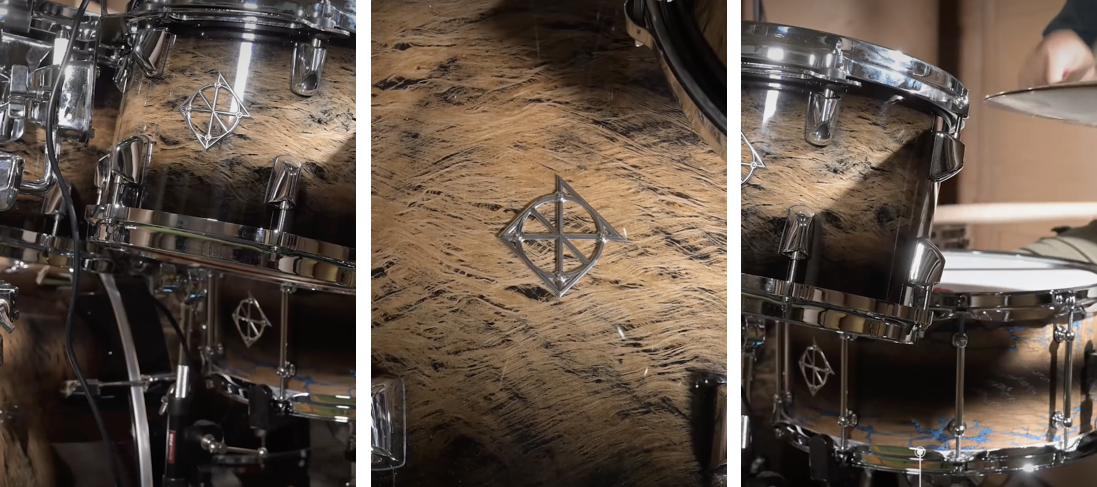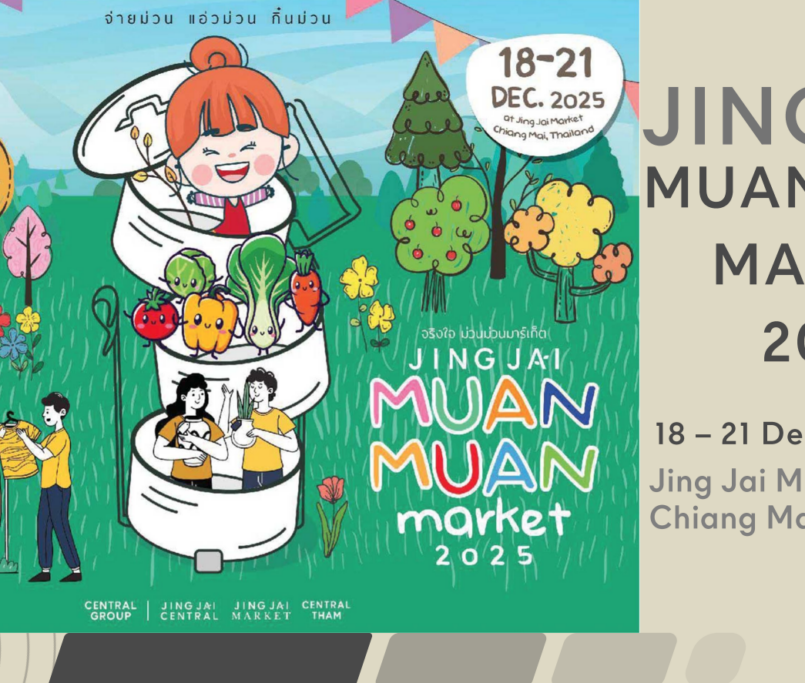“What happens when centuries-old Taiwanese indigenous bark craft meets the precision of modern jazz drum making? A collaboration between Dark Incredible and Dixon Drums Taiwan reveals a story of culture, innovation, and craftsmanship reimagined.”
Bark Meets Jazz Drums
In the flowing, cloud-like textures of tree bark, a refined jet black emerges — shimmering under a drummer’s rhythm. This unique surface treatment, crafted from Taiwanese indigenous paper mulberry bark, has been transformed into a striking jazz drum exterior.
The result: a landmark collaboration between Dark Incredible (黑色雋永) and the world-renowned jazz drum manufacturer Dixon Drums Taiwan.
More than just an eye-catching instrument, this partnership has become a model for how handcrafted traditions can evolve into successful scaled production.
In this exclusive feature, we speak with Ya-Lan Wang, founder of Dark Incredible, and Sam, product manager at Dixon Drums Taiwan, who share the journey of collaboration from both seller and buyer perspectives.
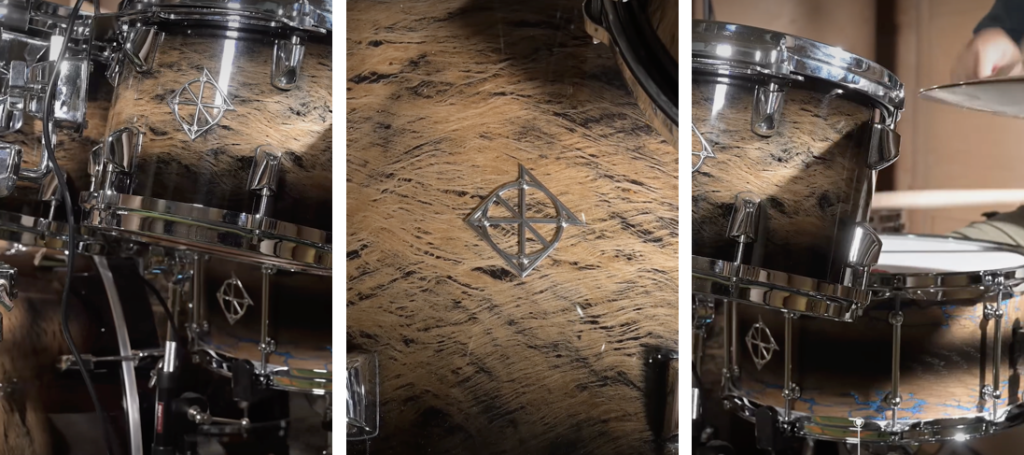
A Creative Collision: Meeting at POPUPASIA®
For Dark Incredible, 2022 was a milestone year. It marked the brand’s first time exhibiting independently at POPUPASIA®, showcasing bark fiber crafts as their core identity. Although the team had previously joined the fair through indigenous groups, this independent debut was pivotal — and where they first met Dixon Drums Taiwan’s local representatives.
Founder Wang recalls how the brand pivoted toward bark fiber after realizing that bamboo and rattan crafts, once dominant in indigenous design, faced intense competition from China and Southeast Asia, where cheaper production was abundant.
Back in 2018, team member Baliran Si Kazanen traveled to Taitung to learn bark techniques from Amis elders, adapting them into fabric, clothing, and three-dimensional works. The material’s cultural roots and unique textures soon caught Dixon’s eye.

“This is evidence of island-to-island exchange from hundreds, even thousands of years ago,” said Sam from Dixon Drums Taiwan.
Though native to Taiwan, paper mulberry bark was historically used across Austronesian regions such as Hawaii, Palau, and Fiji. This cultural resonance made it the perfect material to represent Taiwan — and inspired Dixon to design a drum kit around it.
Brand Discovery 1: Dixon’s Search for Innovation
Why did Dixon attend POPUPASIA® without being invited as a buyer? Sam explained:
“I saw the exhibition’s online ads — it was clearly different from traditional creative markets. We decided to attend, and ended up going two years in a row. That’s how we found Dark Incredible.“
In the musical instrument industry, aesthetics matter just as much as sound. Drum shells, hardware, and even seating span multiple industries, so Dixon product managers cast a wide net — exploring everything from creative markets to food and beer festivals, stationery expos, and even computer fairs.
“We’re always looking for inspiration — even on days off, if there’s an event, we’ll stop by.”
Brand Discovery 2: Handmade Meets Mass Production
In the drum world, producing a few hundred units already qualifies as mass production. To keep players inspired, Dixon introduces new designs every two seasons.
Market options range from hand-painted finishes to laser engraving and printing — with hand-sprayed paint being the most premium. But applying natural bark fibers onto drum shells was a first in the industry, creating Dixon’s highest-end product line.

Brand Discovery 3: Why Manufacturing Decides the Partnership
When asked how Dixon ultimately decides which brands to collaborate with, Sam explained that the process is a two-way effort across regions. Taiwan’s team focuses on the early-stage development — building the product from scratch — while the U.S. team evaluates market response and manages branding. Once the U.S. side tests the concept, the decision returns to Taiwan for final confirmation.
“What we care about most is actually the manufacturing process,” Sam emphasized.
Unlike many handmade brands that prioritize pricing or production volume, Dixon’s main concern is whether the product can be delivered on time and consistently. He shared how, in conversations with other craft and material brands,
Dixon often asks: “Before it becomes a finished display piece, how exactly is it made?”
Some brands are hesitant to answer, worrying it reveals trade secrets. But Sam clarified this isn’t about extracting confidential know-how. Instead, it’s about the practical realities of cross-border trade, where regulatory and logistical details must be resolved in advance. For example, exports to the EU require verification of carbon footprint and chemical composition. Finished products may also endure long periods in high-temperature cargo holds during sea transport. Therefore, Dixon must confirm factors such as flammability and heat resistance to ensure product quality remains stable throughout the global supply chain.
Prototyping: The First Step Toward Scaling
After the fair, Dixon ordered bark sheets in three thicknesses to experiment with. Some were dense, others thin and translucent. Unlike typical consumer goods, these B2B orders were entirely customized, tailored to specific applications.
At first, Dixon chose the thinnest sheets, assuming factory production would handle the rest. But after visiting the workshop, they realized many steps could never be mechanized. That discovery led them to entrust full production to Dark Incredible.
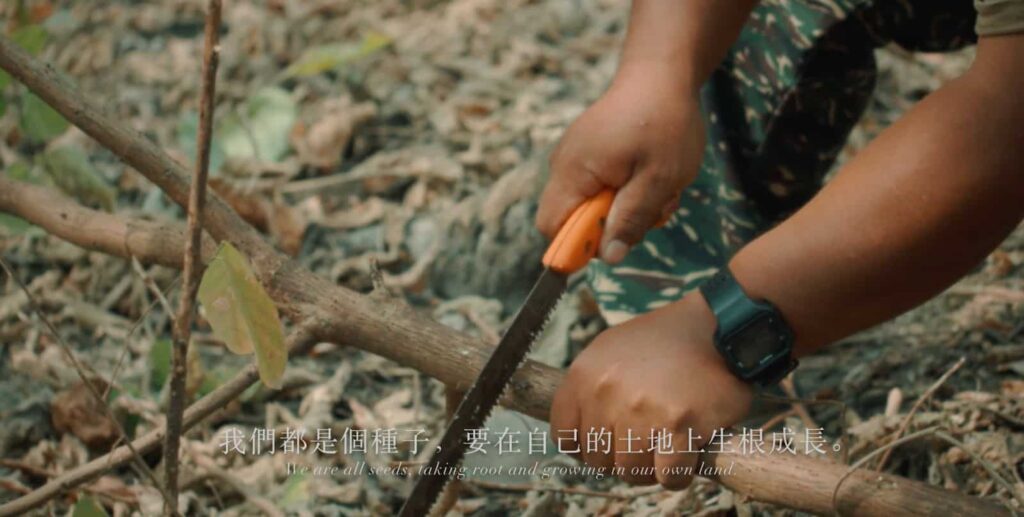
Challenges of Scaling Up
Racing Against Time
The collaboration lasted 18 months, involving three major orders totaling hundreds of sheets. Harvesting was the toughest challenge: bark must be stripped within a week of collection, hammered, dried, and cut.
One order required 100 sheets (120 × 25 cm) for snare drums. To meet demand sustainably, the team sourced bark from friends’ groves across Pingtung, Hengchun, and Taitung, collecting in batches without overharvesting.
Manpower and Process Design
Processing bark is highly technical and repetitive. Past interns often quit, finding the constant hammering monotonous. Instead, the team focused on optimizing workflow and dividing tasks efficiently.
Interestingly, while past clients demanded flawless surfaces, Dixon preferred bark’s natural knots and gaps, reducing the need for patching and streamlining the process.
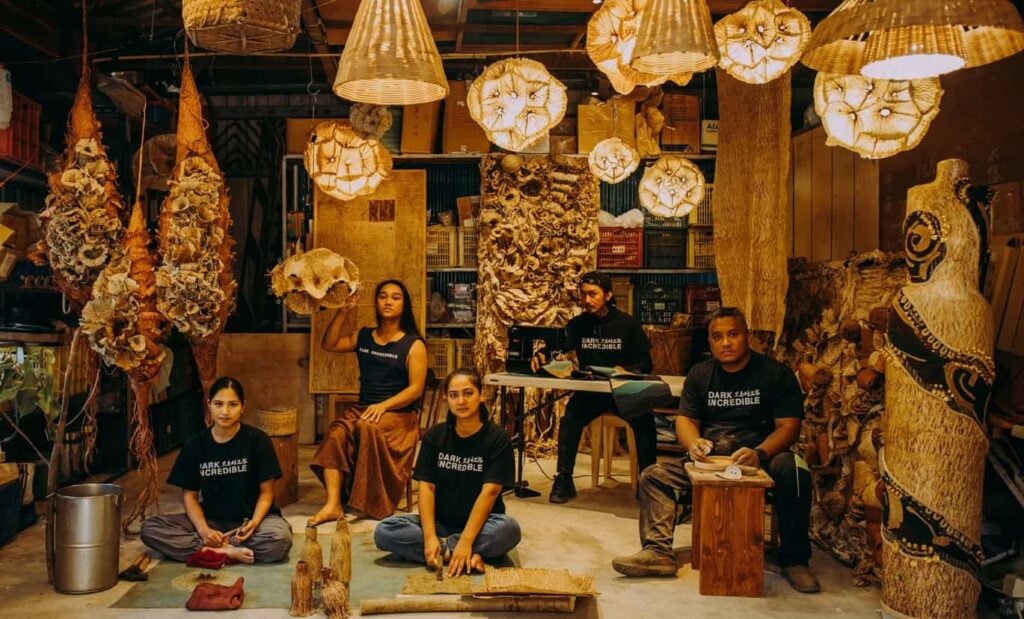
Learning Through Collaboration
Custom Norms vs. Client Needs
Initially, Dark Incredible filled bark holes for “perfection.” But Dixon preferred the raw look, asking them to remove patches. This taught the team the importance of precise client communication rather than relying on past habits.
Cross-Disciplinary Innovation
To improve thinness and translucency, the team borrowed methods from bamboo and rattan craft, halving production time without compromising quality. This showed the power of applying cross-industry knowledge to strengthen competitiveness.
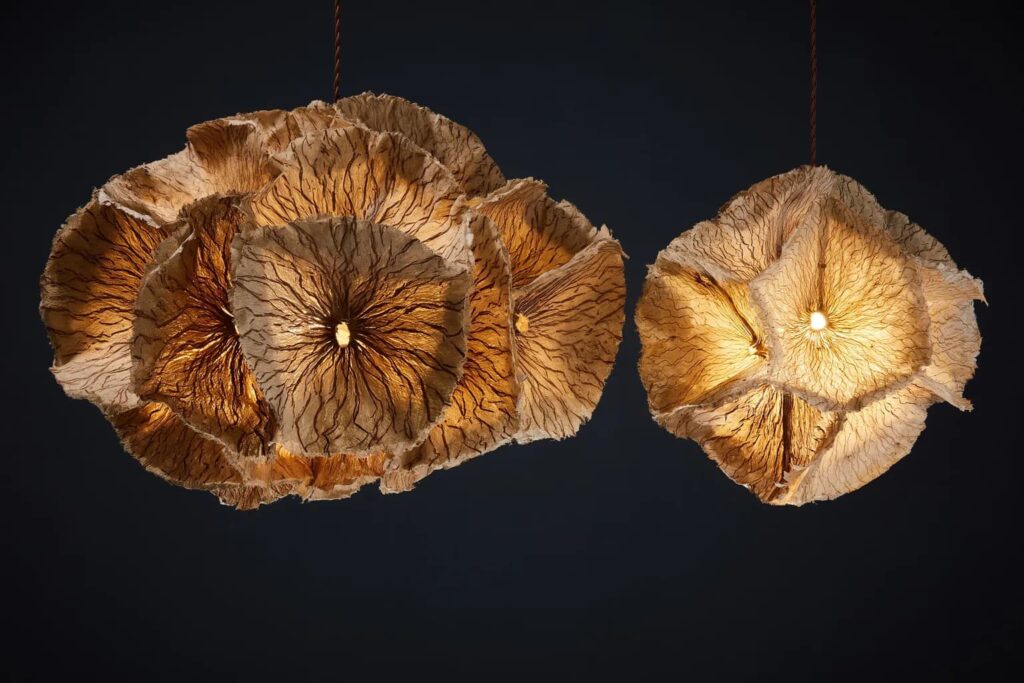
Choosing the Right B2B Partners
Dark Incredible emphasizes three criteria when selecting B-end partners:
- Mission alignment – Dixon saw bark as a symbol of Taiwan, resonating deeply with the brand.
- Large-batch orders – easier to plan than sporadic small orders.
- Willingness to value quality and innovation – partners who accept premium prices for premium craft.
This collaboration exceeded expectations, proving bark could look not just rustic, but stylish — opening new avenues for creative application.

Building Exposure Beyond the POPPASS
Wang highlights the importance of brand visibility:
- 80% of their time goes into IG, website, and exhibition planning.
- Even small teams need at least two dedicated people or part-timers to balance craft with marketing.
- POPUPASIA® provides rare buyer-focused exposure, unlike consumer street fairs where high-ticket crafts struggle to sell.
Through POPPASS (手創通), POPUPASIA® platform, makers can register brands, gain exposure, join matchmaking events, and learn from peer experiences — transforming exhibitions into long-term growth opportunities.
Checkpoints for Handmade Brands Entering B2B
- Balance handmade and scale: Find the production “sweet spot.”
- Process matters: Compliance and consistency are as crucial as artistry.
- Communicate precisely: Don’t assume — clarify client needs directly.
- Use cross-industry knowledge: Apply past craft skills to boost efficiency.
- Invest in exposure: Build long-term visibility through social media and fairs.
Craftsmanship and modern industry may seem worlds apart — but collaborations like Dark Incredible × Dixon Drums Taiwan prove otherwise. Tradition provides depth; innovation ensures sustainability. For handmade brands aiming at B2B success, the path forward is clear: know your craft, know your client, and know how to scale.
🤝 Want More Brand Stories?
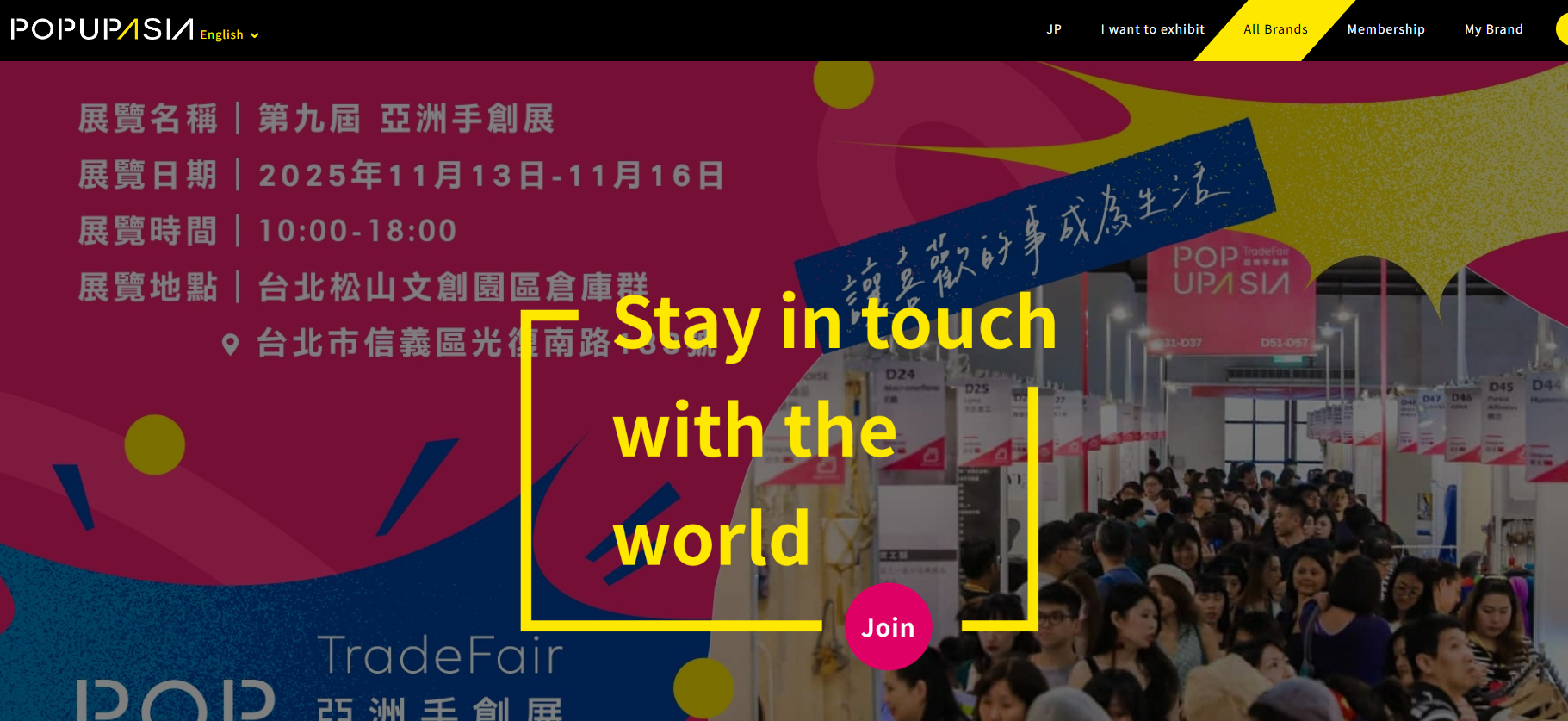
Join POPPASS—our B2B platform connecting you with authentic, creative brands from across Asia. Explore exhibitor profiles, start collaborations, and be part of the POPUPASIA® network.
Join POPPASS ➜ Tutorial on how to register

